"Children of the Nation", or Why Mongolian nomads adopted Chinese orphans
China's history is rich in upheavals and has been particularly hard hit over the past century. One of the most protracted tragedies in the Middle Kingdom is associated with the policy of the "Big Leap", which began to be implemented in 1958. The Communist Party's abysmal reforms coincided with flooding on the Yangtze River and drought in the north of the country, and the result was a massive famine that claimed more than 15 million lives. Hundreds of thousands of orphaned children flooded the cities and villages of China and it was impossible to help this army of hungry and undressed children.
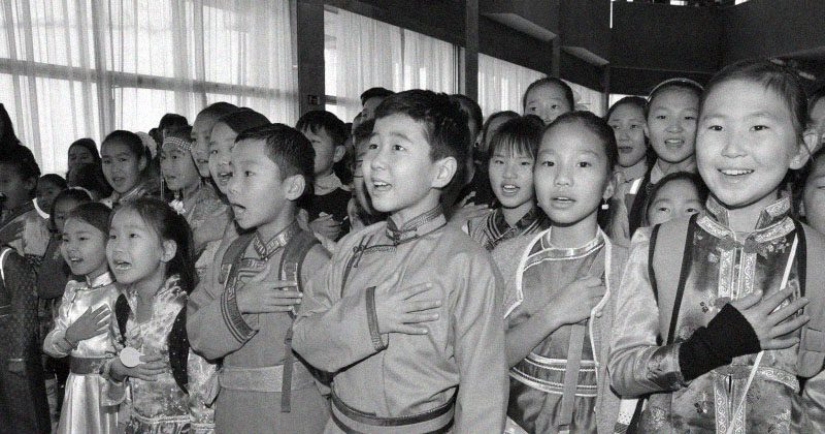
Before the "Big Leap", China was a 90% agricultural country with a backward industry and a shaky economy. Reform made it possible to build an industrial power, but success came at too high a price. The economy of the main agricultural regions collapsed and famine began.
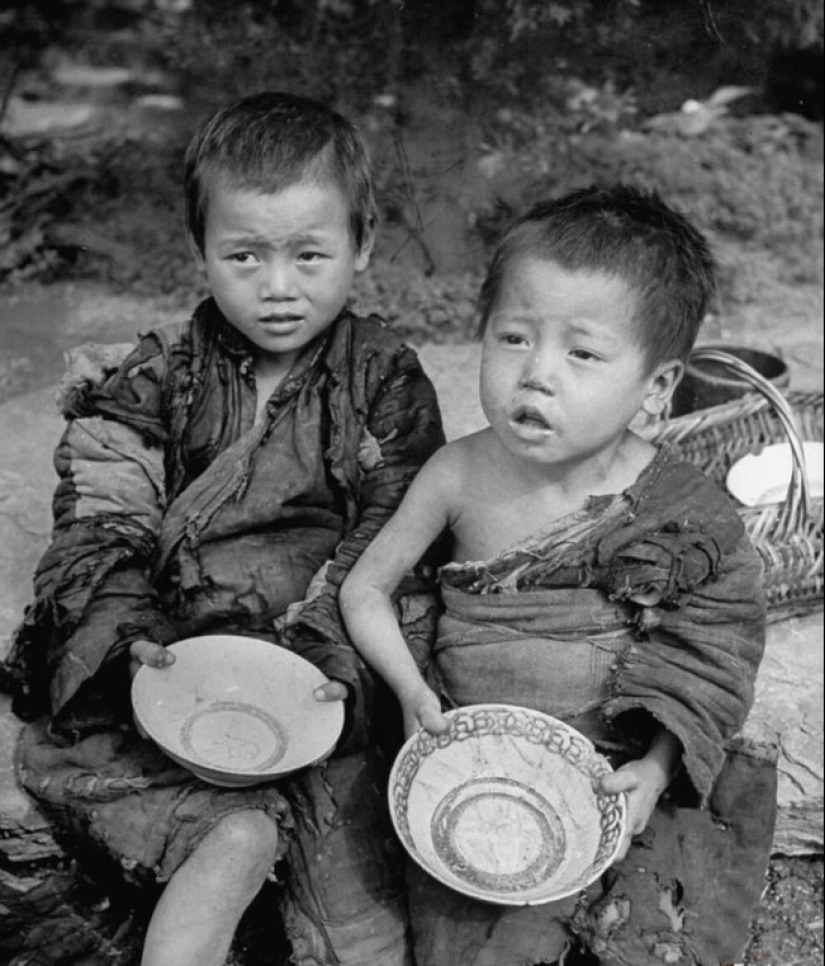
Of course, children suffered the most, especially orphans, who were left to their own devices. Schools, orphanages, and hospitals tried to ease their plight, but the economic crisis made it impossible to provide even the most basic necessities for street children.
At this difficult moment, Kang Keqing, the chairman of the All-China Women's Federation, asked the Communist leader of the Inner Mongolia region, Ulanghu, to allocate milk powder from the reserves available in the autonomous region for feeding children.
Comrade Ulanghu personally went to Shanghai and was horrified by what he saw. The orphanages of the huge city were crowded with orphans, hungry and, sometimes, deprived of even clothes. After such a business trip, the party functionary could not limit himself to sending food and offered an unexpected but effective solution.
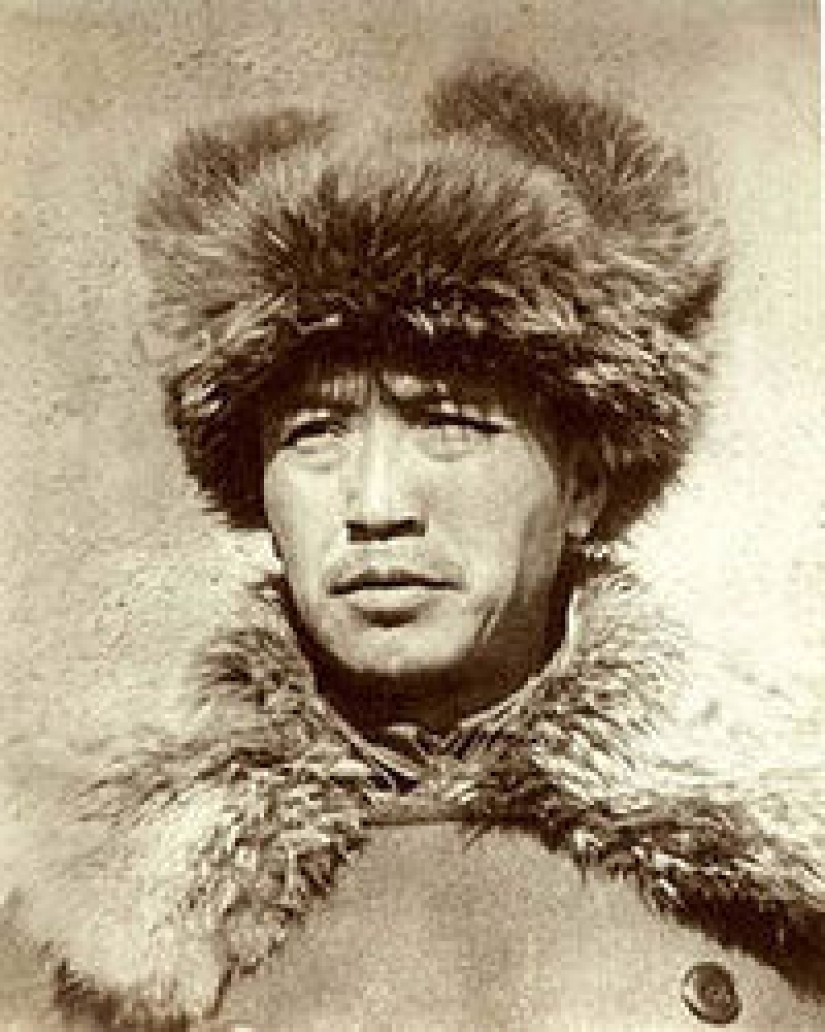
Head of the Inner Mongolia company Ulankhuu (Ulanfu)
Ulankhu put forward a bold idea — to take the children left without families to Inner Mongolia, to the north of the PRC, and distribute them among the families of Mongolian cattle breeders. Adopted Chinese children will thus not only be fed and clothed, but will also receive new parents who can take care of them.
The plan of the Mongolian communist was good, and most importantly-feasible. This is because the adoption of children has been common among the Mongols since ancient times. These people have always lived according to the rule "there are no other people's children" and orphaned children were taken to their homes by relatives, neighbors or, in general, outsiders compassionate people.
Legend has it that even in the family of Genghis Khan, an adopted Tatar boy was brought up, found by his wife Hoelun in the steppe. The child grew up in the family of the ruler of the Mongol empire as a native and no one ever reproached him with his origin. The boy grew up and became known as the first judge of the Horde of Shigi Hutuhu.
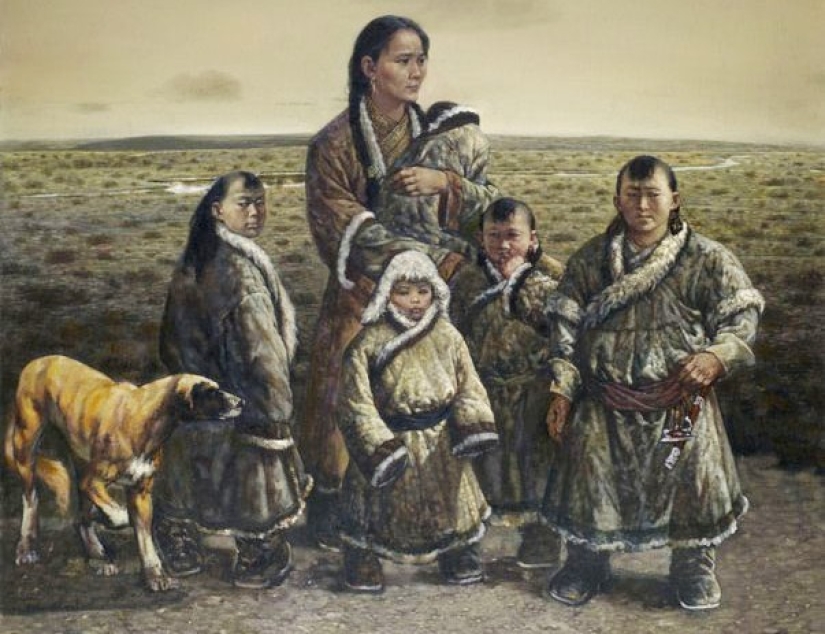
Hoelun with children
One case can illustrate the attitude of Genghis Khan to his adopted son. Once Shigi Hutuhu unsuccessfully tried his hand as a military commander and suffered a crushing defeat in battle. When he stood before his foster father with a heavy heart, he said to him, " You may not be able to lead warriors into battle like other Noyons, but in the art of interpreting the Great Yasa, you truly have no equal!»
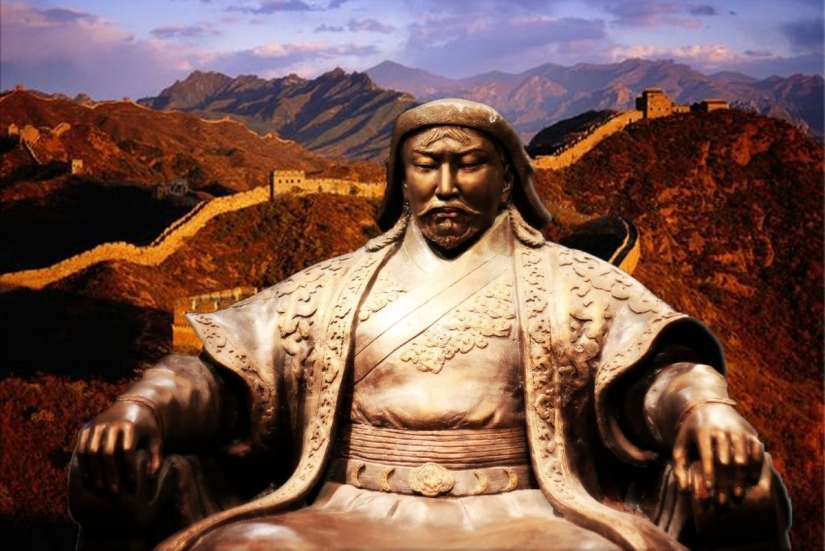
Mongol legends say that the great khan also had lesser-known adopted children who became famous military leaders and government officials. There were many other well-known examples of adoptions in the history of the Mongolian people. So when Ulanhoo offered to help his people, he knew what he was doing. Literally, he said so:
Kang Keqing happily accepted the unexpected offer, and preparations for mass adoption began to boil over in China. New orphanages were opened, in which the teachers were Mongols. This was necessary in order for the orphans to learn the language and quickly adapt to their new cultural environment.
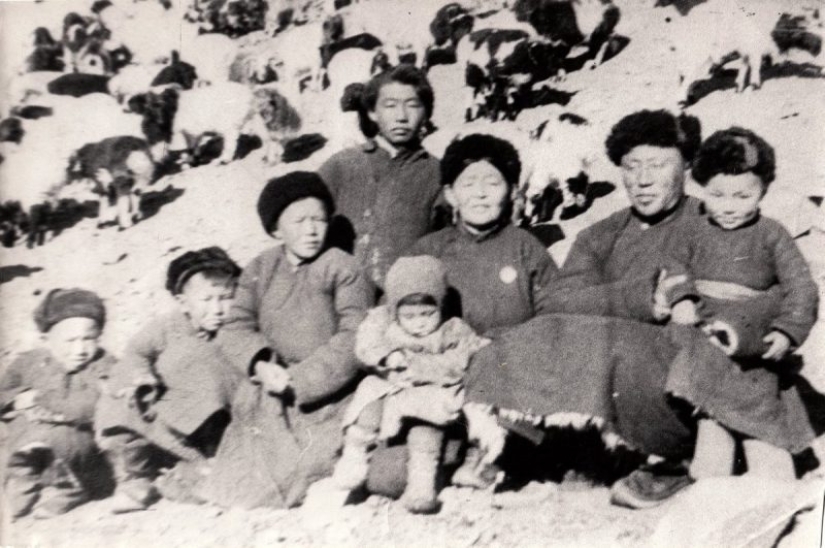
Since 1959, more than 3,000 orphans have been sent to Mongolian families from Anhui, Jiangsu, and Zhejiang provinces, as well as the country's largest city, Shanghai. They had to travel 1,400 km by train to find new families. Huang Zhigang, one of the adopted orphans, recalls that some of the babies did not even have names, but just a tag with a number sewn on their clothes.
The government strictly controlled the adoption process — it was allowed to take no more than one child into the family. Many young families and even old people went hundreds of miles to take the child. In 1961, Huang Zhigang, who was 5 years old, along with five other children, was placed in a school building in Hoshun Trunk Ball.
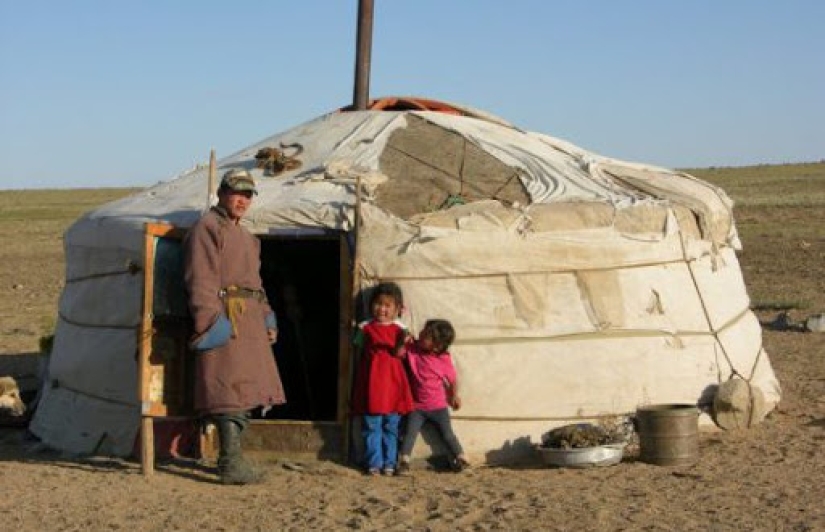
The children were lucky — a Mongolian nurse, Zhang Fengxian, worked in a nearby hospital, who surrounded the orphans with affection and care. She brought the children candy, bathed them, and mended their clothes. Huang recalls that Zhang had a red face, burned by the steppe sun, and she was dressed in a military uniform.
With the onset of cold weather, it was impossible to stay in the unheated school, and Zhang Fengxian asked for permission to adopt all six children. As an exception, she was allowed to take them away — an important role was played by the fact that Zhang's husband had a stable job and a good income.
There were no children of their own in the family, and the Fengxian couple raised six adopted children from China. The woman took care of them until her death in 1991. One of the sons died during military service, but the others received a good education and became worthy members of society.
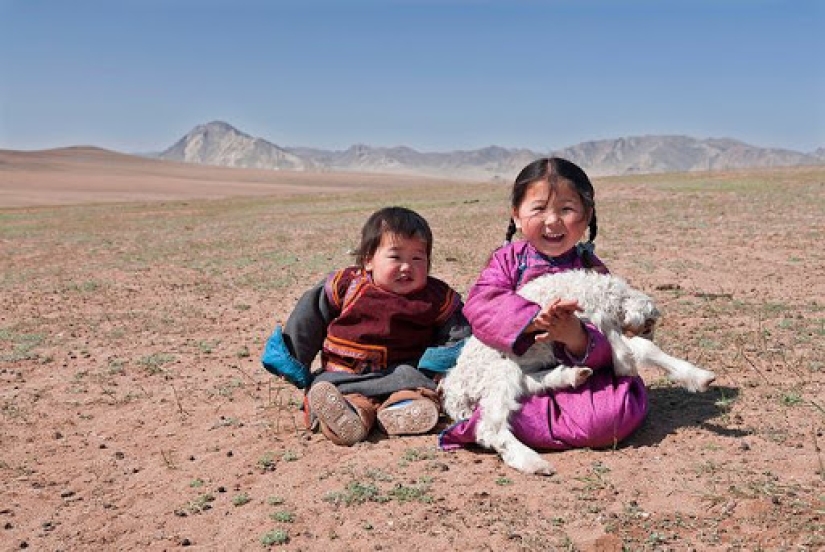
Mayu Shiyun, the "kitten", told reporters that the mother only yelled at them once. One winter, the children pulled out a cow manger on the ice of the lake and began to ride on them. Then Zhang Fengxian was very scared and spanked all six of them. The lake was very deep, and the ice was thin, and the prank could end in tragedy.
Today, it is impossible to determine the fate of each of the 3,000 Chinese children adopted by the Mongols. But there is information about many of them and almost all have lived a happy life. The Chinese government, for its part, helped such families — in the 60s, a cash allowance was paid for each adopted child. For children from China who have found new families in Inner Mongolia, there is a special term — "Children of the Nation".
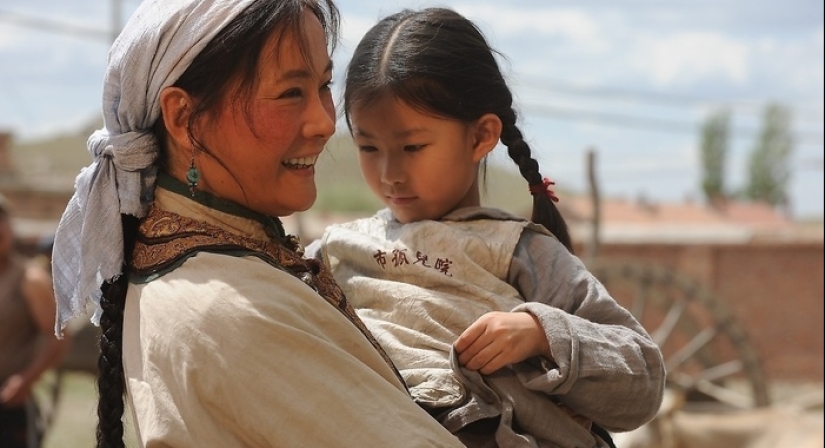
In 2002, ten former children came to one of the Shanghai orphanages to remember how 40 years ago they left this place to become happy. They threw handfuls of earth taken from the Mongolian steppe into the waters of the Huangpu River and filled bottles with water to show it to their fellow countrymen.
Keywords: Famine | Orphanage | China | Mao | Mongolia | Orphans | Steppe | Shanghai
Post News ArticleRecent articles

Most of us think that the color of the eggshell does not play any role and it is possible not to pay attention. But it's not and ...

The more we rely on technology, the more potential power hackers gain over us. It doesn't matter if their goal is to help or cause ...
Related articles

We are accustomed to the fact that on the packaging of tea, write "loose" and rarely think about what the word means. Meanwhile, ...

Human intervention in the affairs of nature is extremely rarely successful. Especially a lot of trouble was brought to the ...

The sea is still, you are a woman or a man, if you can hold in their hands an army of 70,000. Chinese Chin si could — she started ...

Creating a good portrait is one of the most difficult tasks for any photographer. In order to make a really natural and memorable ...